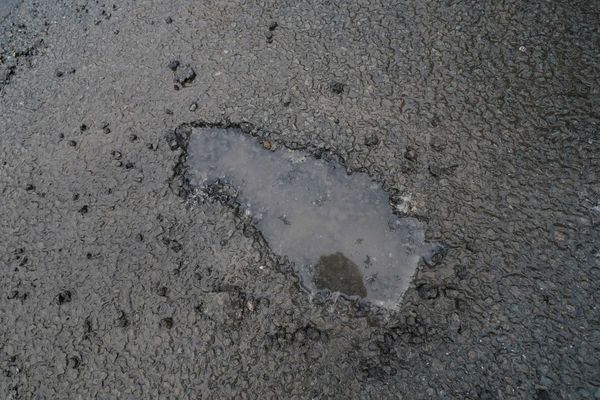
Groundwater depletion in Iran is reaching crisis point, according to a study published this year. Satellite images reveal vast cracks and sinkholes appearing, and large areas of land subsiding at a rate of more than 10cm a year, as a result of excessive groundwater extraction. It could take hundreds to thousands of years before this water is replenished, researchers say.
Mahmud Haghighi and Mahdi Motagh from Leibniz University in Germany analysed satellite data gathered between 2014 and 2020 to assess the impact of groundwater extraction across Iran. Their results, published in Science Advances, showed that 3.5% of the country’s area is subsiding, with extraction of groundwater for irrigation the primary cause. The subsidence is affecting infrastructure such as airports, roads and railways. The most severe impact is being felt in Kerman province in the south-east of the country, Iran’s pistachio-producing region, where subsidence rates of more than 35cm a year have been recorded.
Iran’s subsidence rates rank among the highest in the world and may be irreversible in some regions where aquifers have completely collapsed. This unsustainable groundwater extraction is leading the country’s almost 90 million people into a water crisis, the researchers say. “There is urgent need for immediate action and a coherent groundwater policy,” says Motagh.







